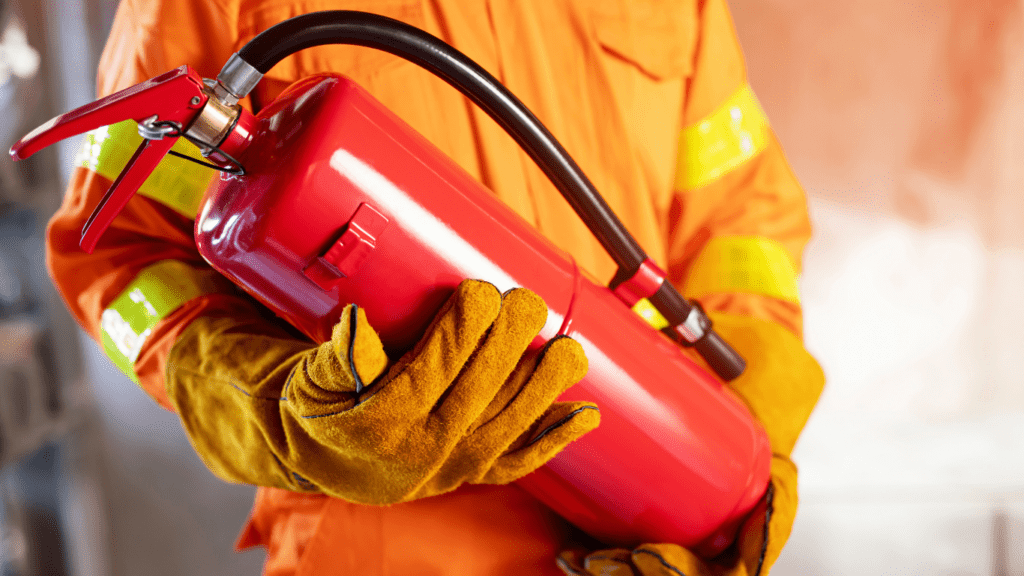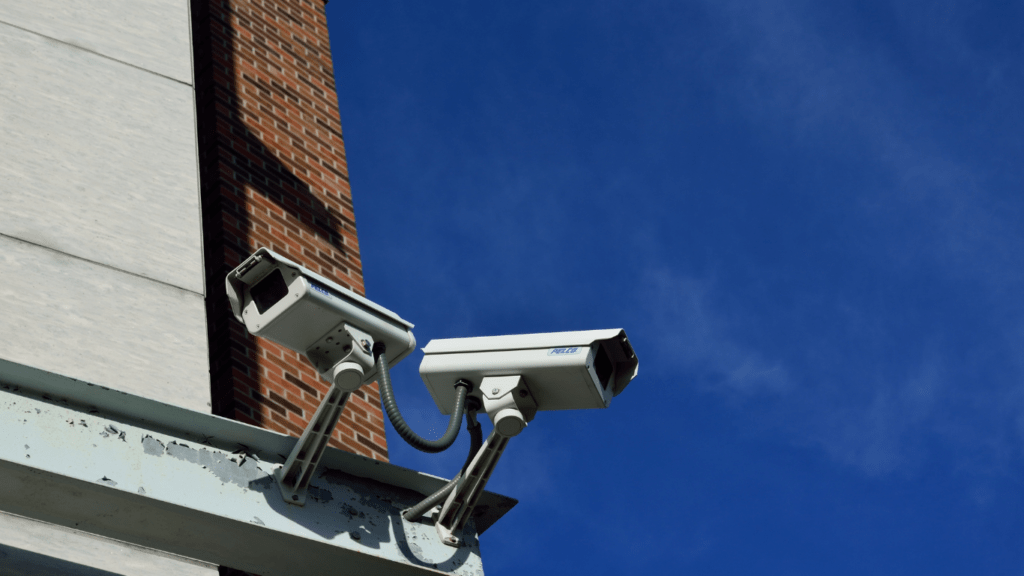Fire safety at home isn’t just a precaution; it’s a necessity. Every year, countless families face the devastating impact of house fires, often due to preventable causes. I believe that understanding fire safety can make a significant difference in protecting our loved ones and our property.
In this article, I’ll share essential tips and tools every family should have to ensure their home is as safe as possible. From smoke detectors to fire extinguishers, knowing what to keep on hand and how to respond in an emergency can save lives.
Let’s dive into the crucial elements of fire safety that every household should prioritize.
Importance of Fire Safety at Home
Fire safety at home is crucial for protecting lives and property. House fires, often resulting from preventable causes, can cause significant damage and loss. According to the National Fire Protection Association (NFPA), 64% of home fire deaths occur in homes without working smoke alarms.
This statistic underscores the necessity of understanding fire safety measures. I can’t stress enough how critical it is to have the right tools and knowledge in place. Smoke detectors alert families to danger, allowing time to escape.
Fire extinguishers can suppress small fires before they escalate. Regularly checking and maintaining these devices ensures they function when needed most. Being aware of potential fire hazards also plays a key role in fire safety.
Common causes like cooking equipment, heating systems, and electrical faults require careful attention. Practicing escape plans and establishing a meeting point outside can further enhance safety.
With effective fire safety measures, families can significantly reduce the risk of fire and its devastating consequences.
Essential Fire Safety Equipment
Every home needs essential fire safety equipment to protect lives and property. Here’s a breakdown of the most important items every family should consider.
Smoke Detectors
Smoke detectors play a crucial role in fire safety, providing early warnings that can save lives. Install smoke detectors on every level of your home, particularly outside sleeping areas. Test them monthly and replace batteries at least once a year. According to the NFPA, homes with functioning smoke alarms reduce the risk of fire fatalities by 50%. Replace any smoke detector that’s over ten years old for optimal performance.
Fire Extinguishers
Fire extinguishers are vital for tackling small fires quickly before they escalate. Keep at least one multipurpose fire extinguisher in the kitchen and another in areas with high fire risk, such as garages.
Familiarize yourself with the PASS technique—Pull, Aim, Squeeze, and Sweep—for effective usage. Check your fire extinguishers monthly to ensure they are fully charged and have not expired.
Carbon Monoxide Detectors
Carbon monoxide detectors are essential for detecting this odorless, colorless gas that can be deadly. Install detectors near sleeping areas and on every floor of your home. Test these detectors monthly and replace batteries annually.
It’s advisable to replace the detectors themselves every five to seven years or according to the manufacturer’s guidelines. Proper installation and maintenance of carbon monoxide detectors can help prevent poisoning and protect families effectively.
Creating a Fire Escape Plan
Every family needs a clear fire escape plan. A well-structured plan enhances readiness and ensures safety during emergencies.
- Identifying Escape Routes: Identifying escape routes involves mapping out the quickest exits from every room. I recommend selecting two routes: one primary and one secondary, in case the first becomes blocked. Ensure all family members know these routes.
- Practicing Drills: Practicing drills prepares everyone for a real emergency. Schedule at least two drills a year, including both day and night scenarios. During drills, simulate smoke conditions by using cloths soaked in water to teach crawling low.
Fire Prevention Tips
Implementing effective fire prevention tips can significantly reduce the risk of accidents at home. By focusing on kitchen safety and electrical safety, families can create a safer living environment.
Kitchen Safety
Ensure kitchen safety as a priority in fire prevention. Keep flammable items, like cloths and paper, away from heat sources. Use cooking appliances responsibly; never leave cooking food unattended.
Keep a fire extinguisher within reach in the kitchen, and consider using a timer to avoid overcooking. Regularly clean the stove and oven to remove grease buildup, which can ignite easily. Opt for safe cooking practices, like turning pot handles inward and using stable surfaces for hot cookware.
Electrical Safety
Prioritize electrical safety to prevent fire hazards. Inspect electrical cords for damage; replace any frayed or worn cords immediately. Avoid overloading outlets; use surge protectors for multiple devices.
Ensure all appliances are properly grounded and installed according to safety guidelines. Schedule routine checks by a qualified electrician to assess wiring and identify potential issues. Be cautious with extension cords, limiting their use and disconnecting them when not in use.
Following these kitchen and electrical safety guidelines can greatly diminish the chances of a fire occurring in your home.
What to Do in Case of a Fire
In a fire emergency, acting quickly and decisively saves lives. Being prepared ensures everyone knows what to do when a fire occurs.
Evacuating Safely
Evacuating the home quickly and safely is crucial during a fire. I recommend practicing the escape plan regularly, ensuring everyone knows the primary and secondary exits. In a fire scenario, stay low to avoid smoke inhalation, as smoke rises.
I advise using a wet cloth to cover your mouth and nose if smoke is present. Once outside, meet at the predetermined location. Do not re-enter the building for any reason until given the all-clear by emergency personnel.
Calling Emergency Services
Calling emergency services promptly can help contain the fire and minimize damage. I suggest having emergency numbers visible, stored on your phone, or memorized by all family members.
Provide clear information when calling, such as the address, the nature of the fire, and any potential hazards, like flammable materials or trapped individuals. Stay on the line if necessary, following the operator’s instructions to ensure help arrives quickly.



